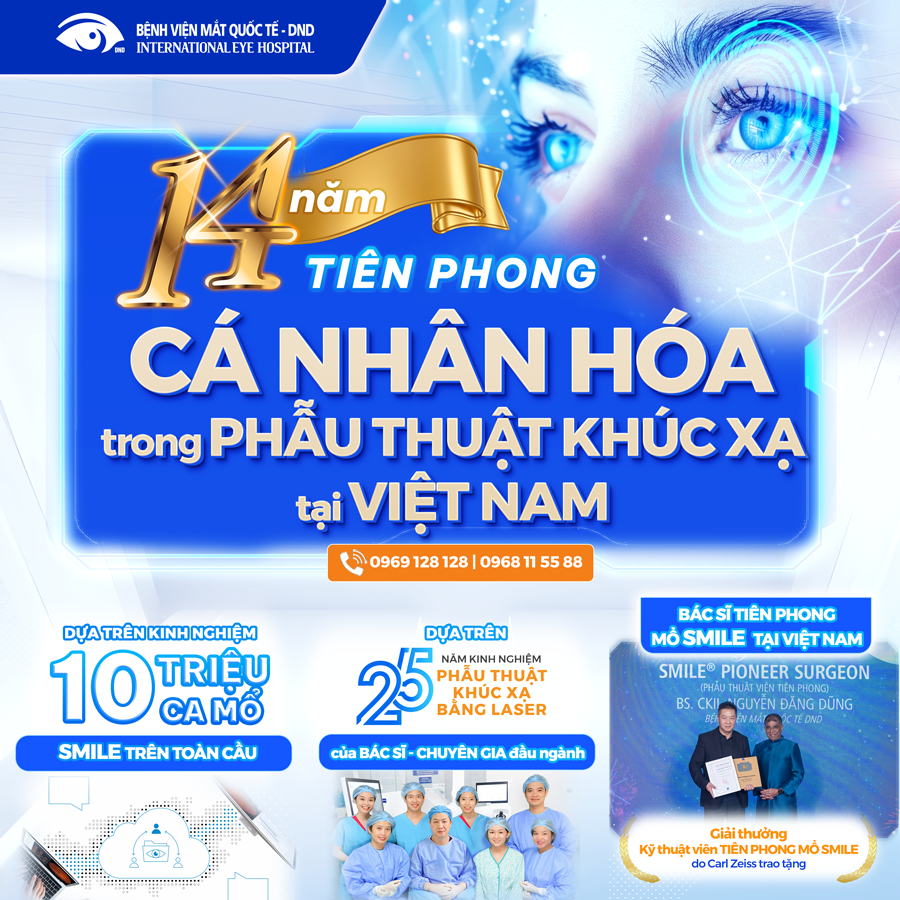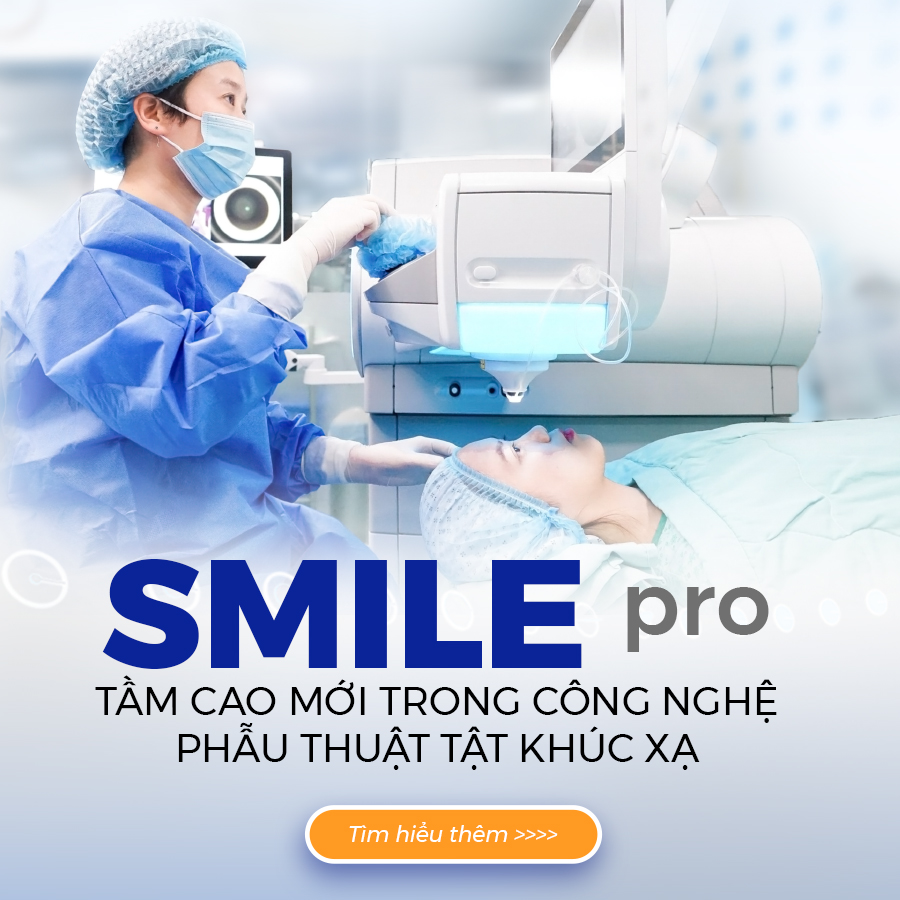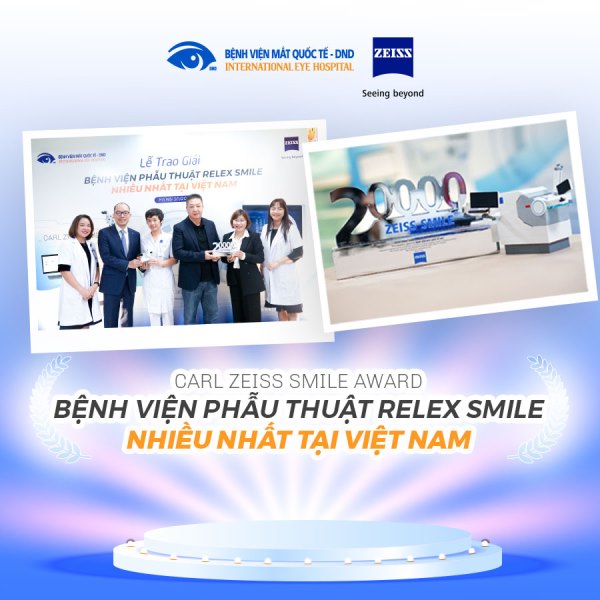Contact lenses are an excellent choice for nearly anyone who needs vision correction but doesn’t want to wear eyeglasses full time or undergo vision correction surgery. Here are the basics you should know about contact lenses before seeing your eye doctor if you are interested in wearing contacts.
Contact Lens Materials:
The first choice when considering contact lenses is which lens material will best satisfy your needs. There are five types of contact lenses, based on type of lens material they are made of: Soft lenses are made from gel-like, water-containing plastics called hydrogels. These lenses are very thin and pliable and conform to the front surface of the eye. PMMA lenses typically took weeks to adapt to and many people couldn’t wear them successfully. Silicone hydrogel lenses are an advanced type of soft contact lenses that are more porous than regular hydrogel lenses and allow even more oxygen to reach the cornea. Introduced in 2002, silicone hydrogel contact lenses are now the most popular lenses prescribed in the United States. Gas permeable lenses — also called GP or RGP lenses — are rigid contact lenses that look and feel like PMMA lenses (see below) but are porous and allow oxygen to pass through them. Because they are permeable to oxygen, GP lenses can be fit closer to the eye than PMMA lenses, making them more comfortable than conventional hard lenses. Hybrid contact lenses are designed to provide wearing comfort that rivals soft or silicone hydrogel lenses, combined with the crystal-clear optics of gas permeable lenses. Hybrid lenses have a rigid gas permeable central zone, surrounded by a “skirt” of hydrogel or silicone hydrogel material. PMMA lenses are made from a transparent rigid plastic material called polymethyl methacrylate (PMMA), which also is used as a substitute for glass in shatterproof windows and is sold under the trademarks Lucite, Perspex and Plexiglas. PMMA lenses have excellent optics, but they do not transmit oxygen to the eye and can be difficult to adapt to. These (now old-fashioned) “hard contacts” have virtually been replaced by GP lenses and are rarely prescribed today.
There are two types of lenses are classified by wearing time:
Daily wear — must be removed nightly Extended wear — can be worn overnight, usually for seven days consecutively without removal “Continuous wear” is a term that’s sometimes used to describe 30 consecutive nights of lens wear — the maximum wearing time approved by the FDA for certain brands of extended wear lenses.
When To Replace Your Contact Lenses
Even with proper care, contact lenses (especially soft contacts) should be replaced frequently to prevent the build-up of lens deposits and contamination that increase the risk of eye infections. Soft lenses have these general classifications, based on how frequently they should be discarded: Daily disposable lenses
— Discard after a single day of wear Disposable lenses
— Discard every two weeks, or sooner Frequent replacement lenses
— Discard monthly or quarterly Traditional (reusable) lenses
— Discard every six months or longer








































